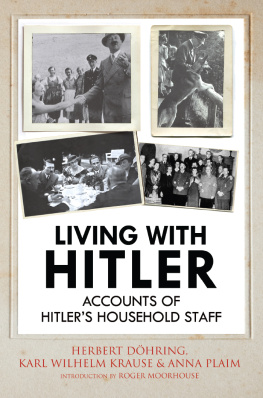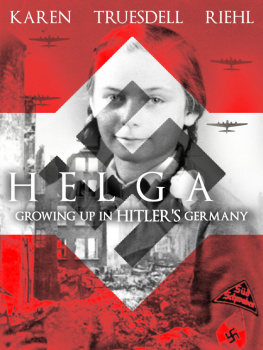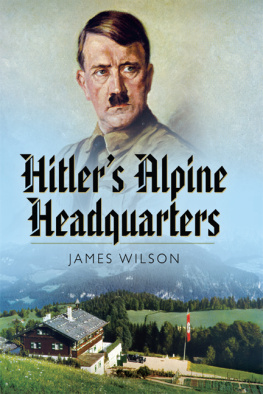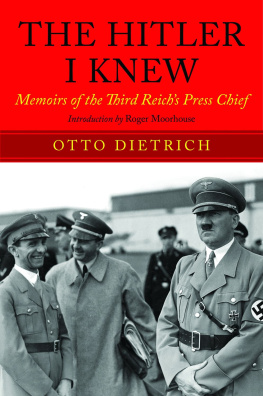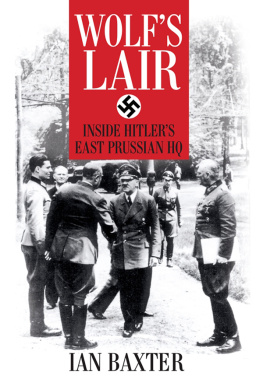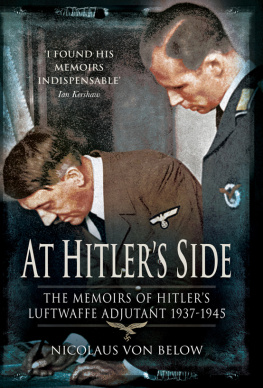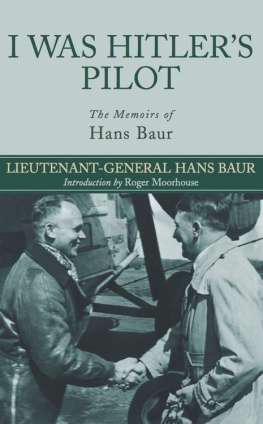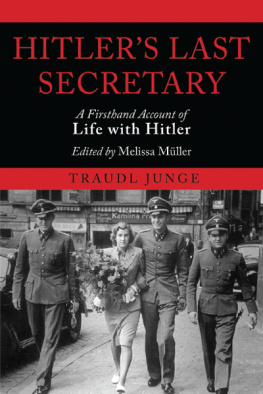To Fang Fang,
with love

Contents
First published in Great Britain in 2014 by
PEN & SWORD MILITARY
an imprint of
Pen & Sword Books Ltd
47 Church Street
Barnsley
South Yorkshire
S70 2AS
Copyright Mark Felton, 2014
ISBN 978-1-78159-305-9
eISBN 9781473839809
The right of Mark Felton to be identified as the author of this work has been asserted by him in accordance with the Copyright, Designs and Patents Act 1988.
A CIP catalogue record for this book is available from the British Library.
All rights reserved. No part of this book may be reproduced or transmitted in any form or by any means, electronic or mechanical including photocopying, recording or by any information storage and retrieval system, without permission from the Publisher in writing.
Typeset by Concept, Huddersfield, West Yorkshire, HD4 5JL.
Printed and bound in England by CPI Group (UK) Ltd, Croydon CR0 4YY.
Pen & Sword Books Ltd incorporates the imprints of Pen & Sword Archaeology, Atlas, Aviation, Battleground, Discovery, Family History, History, Maritime, Military, Naval, Politics, Railways, Select, Social History, Transport, True Crime, and Claymore Press, Frontline Books, Leo Cooper, Praetorian Press, Remember When, Seaforth Publishing and Wharncliffe.
For a complete list of Pen & Sword titles please contact
PEN & SWORD BOOKS LIMITED
47 Church Street, Barnsley, South Yorkshire, S70 2AS, England
E-mail: enquiries@pen-and-sword.co.uk
Website: www.pen-and-sword.co.uk
List of Plates
Acknowledgements
I would like to acknowledge the kind assistance of the staff at the following institutions and individuals who were of invaluable assistance during the researching and the writing of this book: The British Library, London; Bundesarchiv, Abteilung Militararchiv, Freiburg; The Imperial War Museum, London; The National Archives (Public Record Office) Kew; The National Army Museum, London; Shirley Felton; Brigadier Henry Wilson, Matt Jones and the staff at Pen & Sword Books; my editor Barnaby Blacker, and a special thank you to my wife Fang Fang.
Introduction
Hitlers body lay inside a shallow shell crater in the Reich Chancellery garden. It was wrapped in a grey army blanket. Only the Fhrer s black trousers and black lace-up shoes protruded from the blanket. Beside his body was that of his wife of just forty hours, Eva. A group of SS officers, their field grey uniforms dusty and stained, stood close by, sheltering inside the Fhrerbunker s emergency exit, a single thick green steel blast door. The garden was a churned up mess of fire blackened trees, broken statuary and craters, the once elegant Reich Chancellery buildings behind windowless and smoke blackened, with great gaping holes in its roof from Allied bombs and Soviet shells. In the distance the crump of artillery rumbled like thunder, while closer by the sudden burp of machine gun fire or the bark of rifles echoed off the surrounding buildings. The men standing by the bunker exit hardly noticed.
Around the crater were several empty army petrol cans. The stench of gasoline was very strong, the bodies both soaked with petrol and lying in a small puddle of fuel. One man stepped forward from the group, a short, heavyset man in a grey nondescript uniform, his receding black hair slicked back from his thuggish face. Martin Bormann, Hitlers secretary and one of the most powerful men in Nazi Germany, quickly lit the thick twist of papers that had been fashioned into an impromptu torch and flung it into the hole. The petrol ignited with a loud whoosh, orange and yellow flames shooting skyward before they died back a little and began to consume the blankets and the corpses beneath. The small group of Nazis came swiftly to attention, their right arms shooting out one last time in the German salute. Hitlers loyal valet Heinz Linge stood beside the club-footed Dr. Goebbels, Hitlers brilliant propaganda minister, while the Fhrer s tall SS adjutant Otto Gnsche betrayed no emotion, his face like granite beneath his field grey cap with its deaths head badge. Erich Kempka, Hitlers driver since the mid-1930s, stood with them he and his men had brought the petrol to consume the Boss.
For three men present, the Viking funeral for their leader was their final act. They were men who had devoted their lives to protecting Hitler, his senior bodyguards. Now they would ensure that the Soviets would not find Hitlers body. For the rest of the day these most loyal men of all, whose own fates had been so inextricably interwoven with the fate of the man they guarded, would tend to the task of reducing their leaders mortal remains to a tangled mass of burnt flesh and bone. Where once they had guarded the worlds most famous man, travelling the length and breadth of Europe as Hitlers power bestrode the continent like some great octopus, now they stood silent beside a muddy hole in the ground beside the shattered remains of the Thousand Year Reich. Their futures looked grim. Berlin was surrounded and they were marked men. Suddenly the air was rent by the whistle of incoming shells quickly the little group of mourners piled through the open bunker exit door, which was slammed firmly shut behind them by more of the Fhrer s elite bodyguards who were in full battle kit with steel helmets and MP44 assault rifles. The group descended once more beneath the earth, into the damp and fetid underworld of the Fhrerbunker , the last funk hole of Nazism.
Hitlers end was remarkable for one fact: his bodyguards remained absolutely loyal to him during the final days of his life, when his power was at an end, and even long enough after his death to ensure that his body was disposed of properly. This loyalty was borne not from financial gain but of professionalism and adoration. The men who staffed Hitlers bodyguard units were pioneers in the field of personal protection. The senior officers who founded and commanded Hitlers close protection details effectively wrote the book on modern VIP body guarding techniques. And this was because Hitler himself evolved a completely new type of leadership style.
He was the first politician to combine different forms of travel, using aircraft, trains and cars, and the first world leader to use multiple homes and headquarters complexes, all requiring differing types of protection to match particular circumstances. He was unusual among twentieth century leaders in actually going to war fronts and placing himself in harms way on several occasions. In fact, Hitlers security needs, and the needs of his inner circle of Nazi paladins, required multiple bodyguard units drawn not only from the SS but also from the army and the police.
The Fhrer s bodyguards were probably the first such units to conduct threat assessments, keep complex files on suspects, and carefully guard routes and venues. They were the first to use modern technology to protect their asset, including X-ray machines and bombproof materials. Hitler was easily the worlds most carefully guarded man, particularly during the latter half of the war, and in this regard we can see a lot of the methods pioneered by the Fhrer s close protection details in the techniques used by todays US Secret Service in its guarding of American presidents and Congressional leaders. Armoured limousines, guarded routes, high-tech gadgets, the monitoring of potential threats, and special VIP aircraft all originated with Hitlers protection. But no American president has ever been the subject of so many assassination attempts. The figures vary, but it is believed that during his lifetime over forty separate attempts were made to kill Hitler by both individuals and groups. Some, like the 1944 July Bomb Plot, came very close to succeeding. But Hitlers security was virtually impenetrable and extremely professional, and through a combination of his bodyguards vigilance and his own almost unearthly luck, the Fhrer survived every single attempt on his life.
Next page

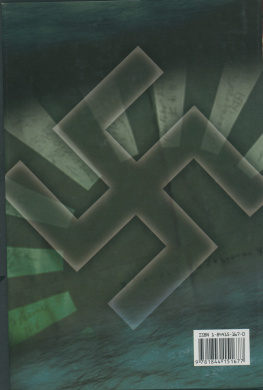
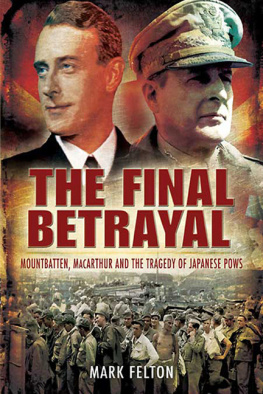

![Traudl Junge - Hitler's Last Secretary: A Firsthand Account of Life with Hitler [aka Until the Final Hour]](/uploads/posts/book/858776/thumbs/traudl-junge-hitler-s-last-secretary-a.jpg)
